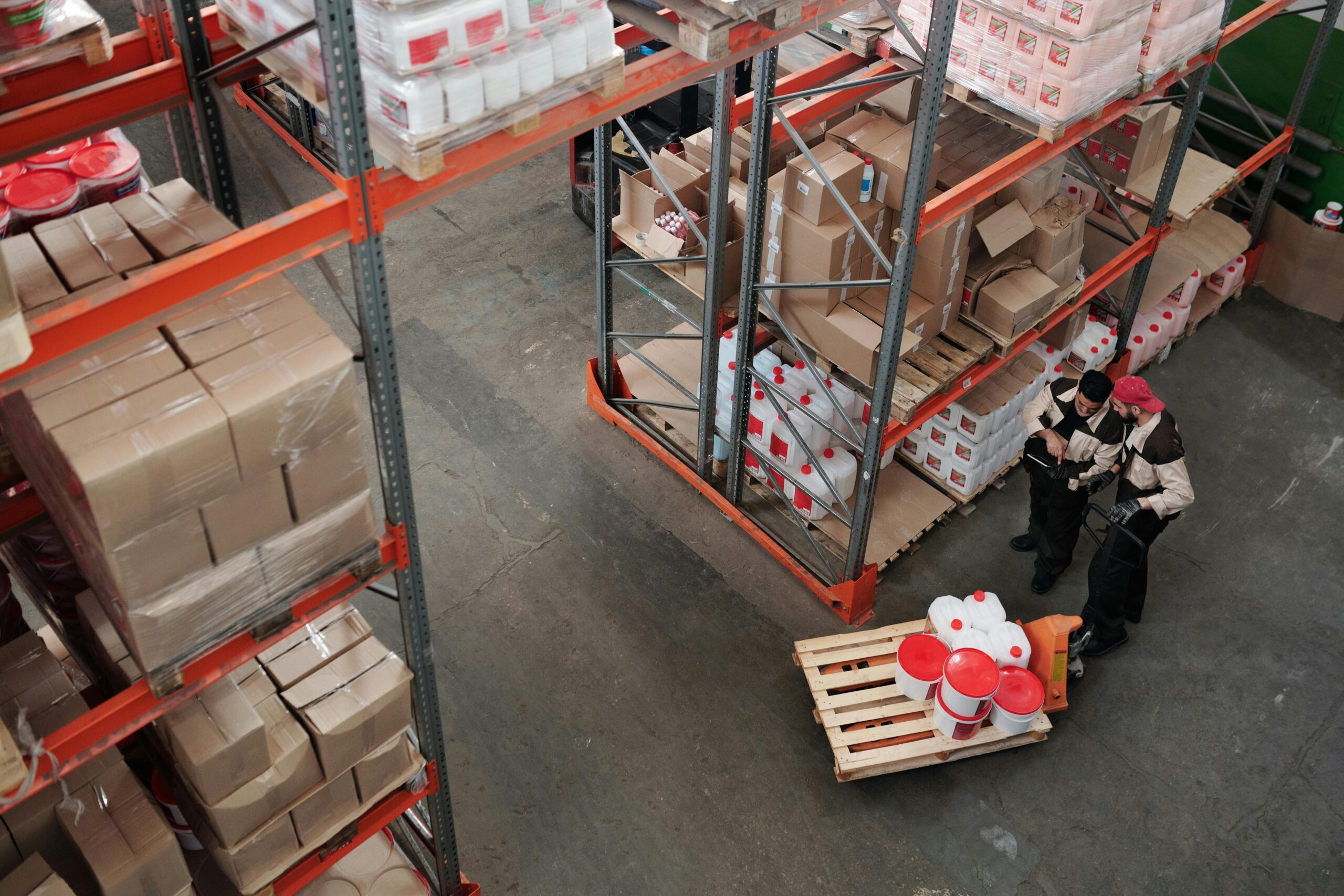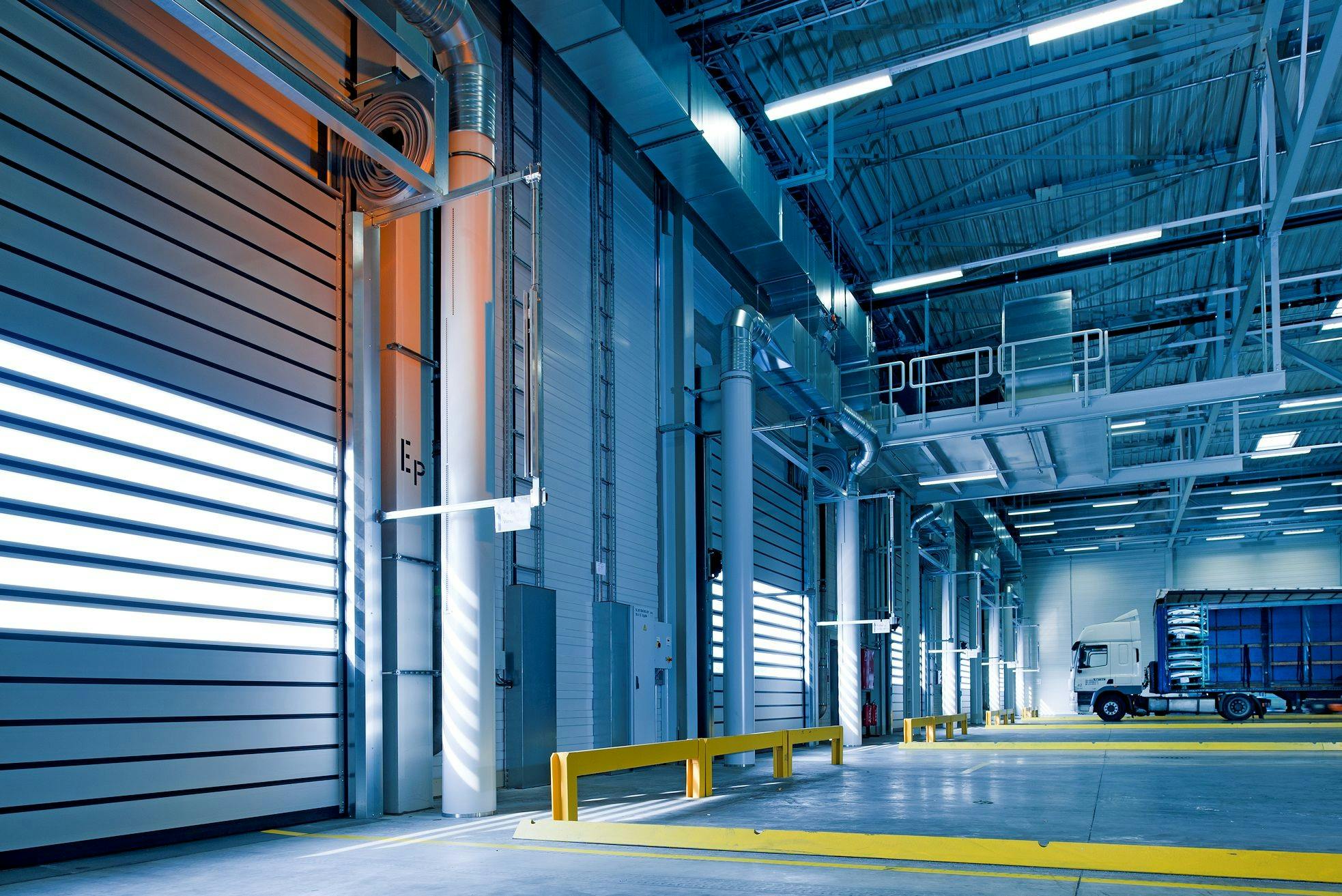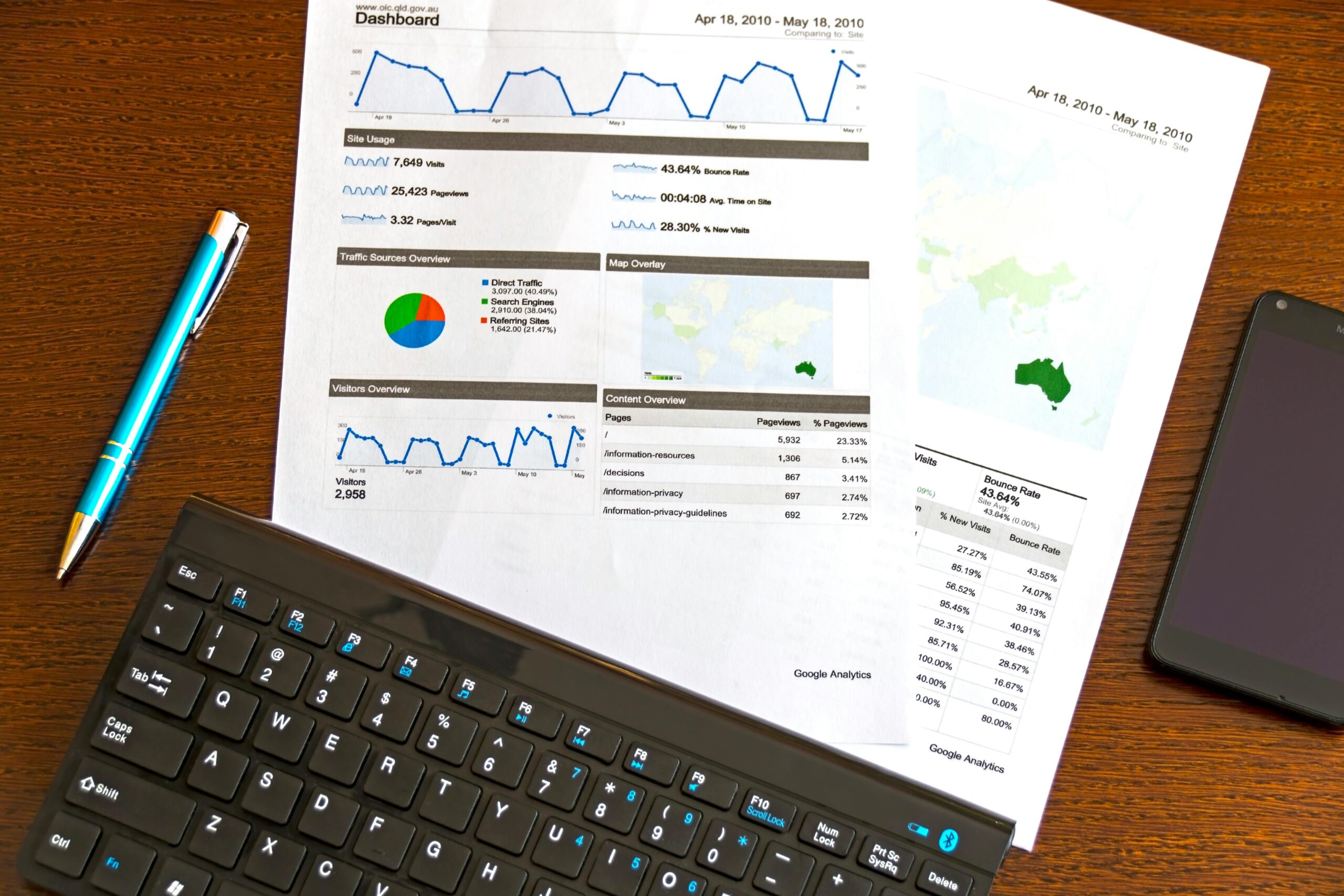Travel Retail
Travel retail: what is it?
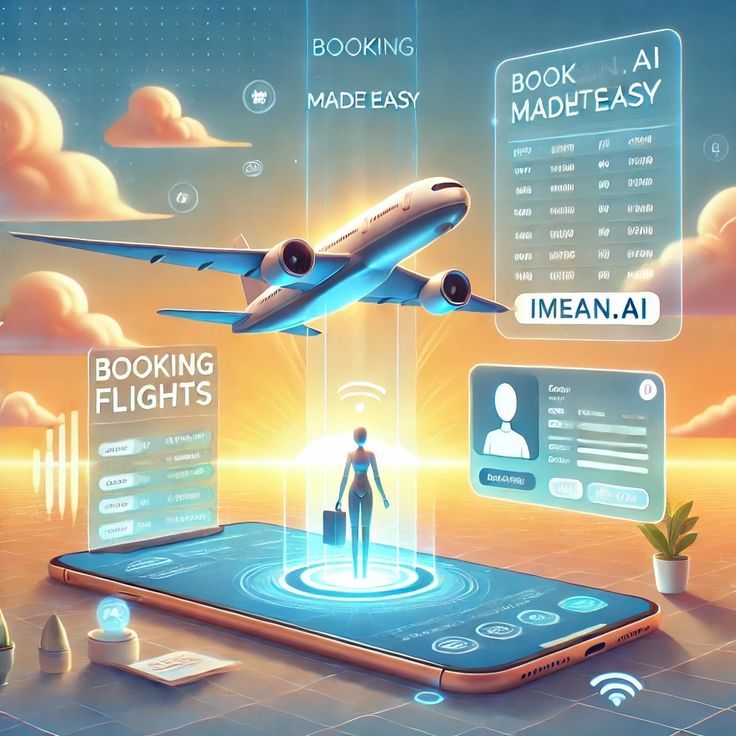
Concerning the Retail Travel Sector
According to some experts, the retail travel business is expected to develop at a compound annual growth rate (CAGR) of more than 8% over the next ten years. The retail industry for international travel is projected by Statista to grow to USD 60 billion by 2023. The sector is expected to reach USD 175 billion by 2030. This will represent a significant increase from the meager USD 20 billion in 2020 if these predictions come to pass. Numerous reasons are anticipated to contribute to this expansion, including an increase in tourists, particularly from the expanding economies of Asia, Africa, the Middle East, and the Asia Pacific region.
Over 70% of the travel retail market is made up of the airport retail sector. With a variety of retail automation and digitization technologies, top worldwide travel retailing firms are focusing on providing an enhanced consumer experience.
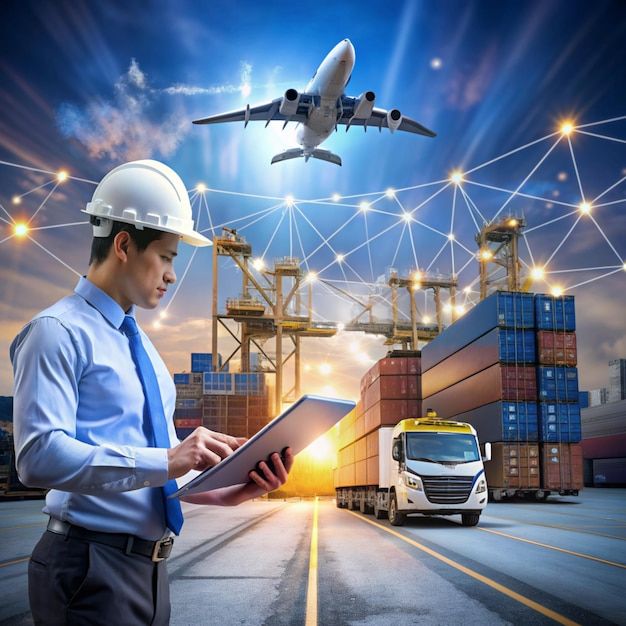
Retail Travel as a Business Prospect
One market with significant room for expansion is the retail travel sector. It meets travelers’ shopping and emergency needs. These are some of the elements that contribute to the allure of travel shopping as a business venture.
More Passengers, More Journeys
Tourism Promotion
An increase in travel-related purchases
Electronic Payments
The Internet's function
Shopping Plans
The extent of innovation
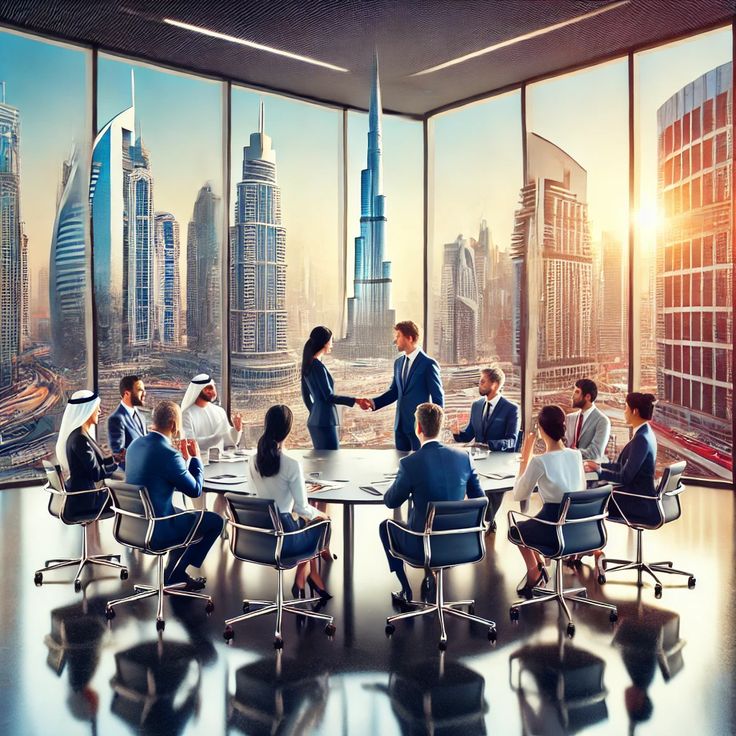
Business Difficulties in Retail Travel
Forecasting Demand
Expensive Rentals
Extended Hours of Operation
Restricted Room
Longer Employee Onboarding
Refunds and Returns
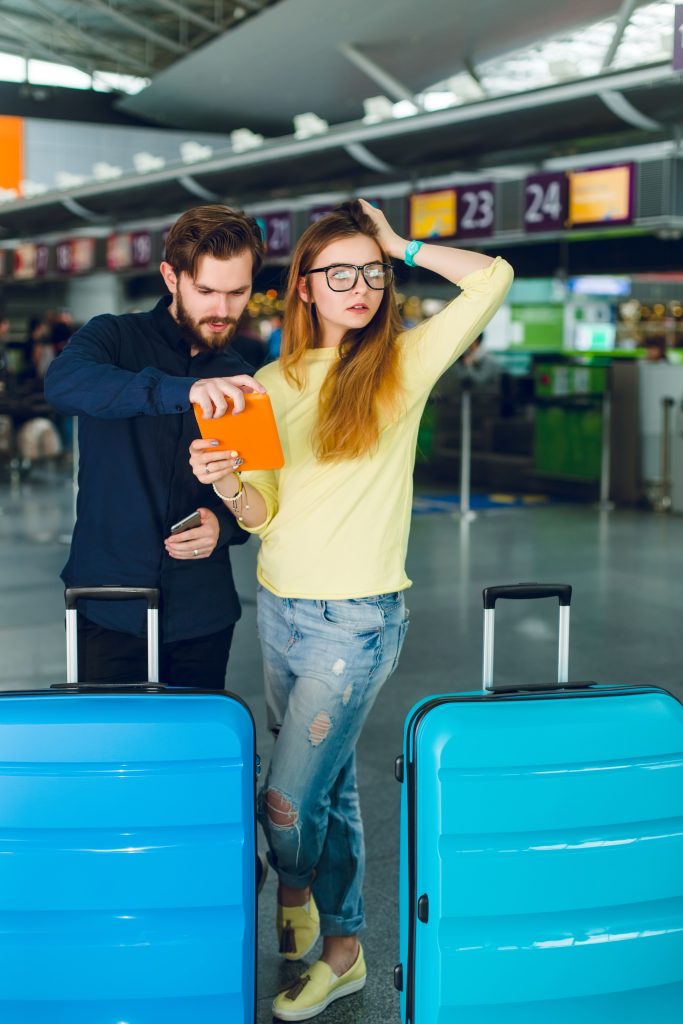
Relocating but Restricting the Clientele
Extended Replenishment Duration
How TRS can help
Among other things, TRS is a retail and eCommerce business consulting company that specializes in creating process SOPs. Over the years, we’ve worked with numerous clients across various industry sectors. We hope to keep up our scaling initiatives on the international scene in the future. For the design and implementation of our services, we work with specialized retail and eCommerce warehousing specialists. Our staff of warehouse design experts follows established planning and procedures from conception to completion.
In this specific service, we help companies create their operational and process blueprints. Businesses that own their own fulfillment centers and/or warehouses are the target audience for this service. For inbound, outbound, and control operations for warehouses/FCs, this service develops strong, SOP-based processes. All aspects of warehouse operations are essentially covered by SOPs. In order to accomplish this, we must collaborate closely with our clients to better define their needs and expectations. In addition to giving your warehouse or FC operational dominance, these straightforward warehouse SOP solutions can assist in implementing best practices and utilizing our position in accomplishing your business goals.

Why TRS
Established in 2000, TRS is a retail and eCommerce consulting firm focused on delivering business solutions aimed at sustainable growth and expansion. With a growing international presence, Over the years, we’ve worked with numerous clients across various industry sectors. Our services are led by experienced retail consultants who bring professional expertise and hands-on project knowledge, all executed through structured, proven methodologies.
In the domain of travel retailing, TRS brings deep, cross-functional retail expertise that caters to a wide spectrum of business needs. Below is a snapshot of the services and solutions we offer to travel retailers.
When it comes to business model development, we help define clear and compelling value propositions. Our consultants map and design value chains that detail the most effective routes for delivering those propositions to the intended customer segments.
In financial and commercial planning, TRS evaluates the key commercial elements required to implement and sustain these business models. Our analysis covers everything from demand forecasting and procurement strategies to sales projections, CAPEX/OPEX planning, profit and loss estimates, ROI, and break-even analysis—along with any other relevant financial metrics.
Space optimisation is critical in travel retail environments, where every square foot counts. Our layout planning experts offer multiple design options that factor in each client’s unique business requirements, ensuring an optimal balance of customer experience, functionality, and visual merchandising.
SOP-driven operations are essential for consistency and regulatory compliance. In travel retail, SOPs help streamline inventory control and ensure adherence to relevant laws and operational standards. SOP development and implementation remain one of TRS’s core strengths, ensuring clients benefit from structured, scalable operations.
To explore more about TRS’s consulting services for travel retail or to get in touch with one of our expert travel retail consultants for a business query, feel free to send us a message. We’ll be happy to connect with you.
FAQs
Travel retail: what is it? Travel retailing: what is it?
One type of retail business strategy aimed toward travelers is travel retailing. The locations of the selling points include ports, taxi stands, train stations, bus depots, airports, and any other location where travelers stop along the way.
What prospects does the retail travel industry have?
Some industry analysts predict that the retail travel sector will develop at a compound annual growth rate (CAGR) of more than 8% over the next ten years, following a high progression curve. In 2023, the global retail travel market is projected to reach USD 60 billion, according to Statista. The sector is predicted to reach over USD 175 billion by 2030. According to some analysts, almost 50% of travelers shop while they are on the road. Travel shopping offers a huge opportunity for innovation. Many opportunities for innovation exist in the current business models that have not yet been explored.


